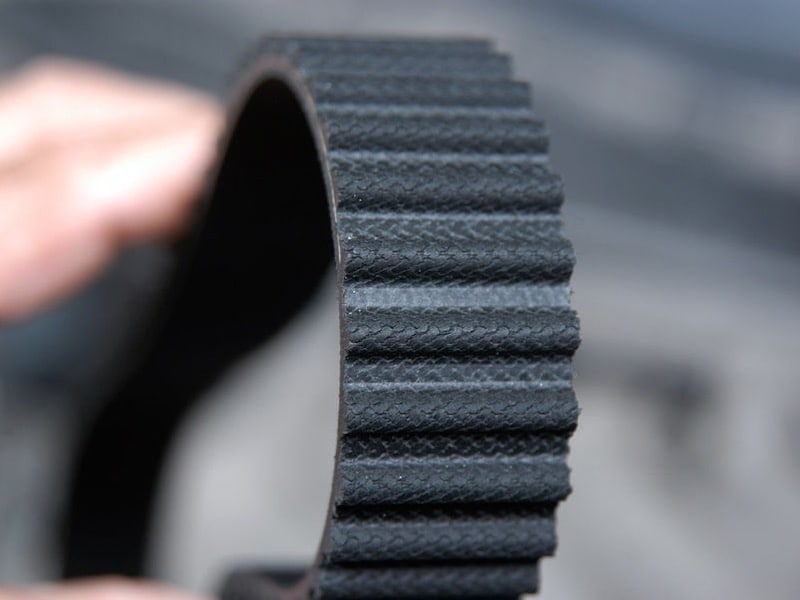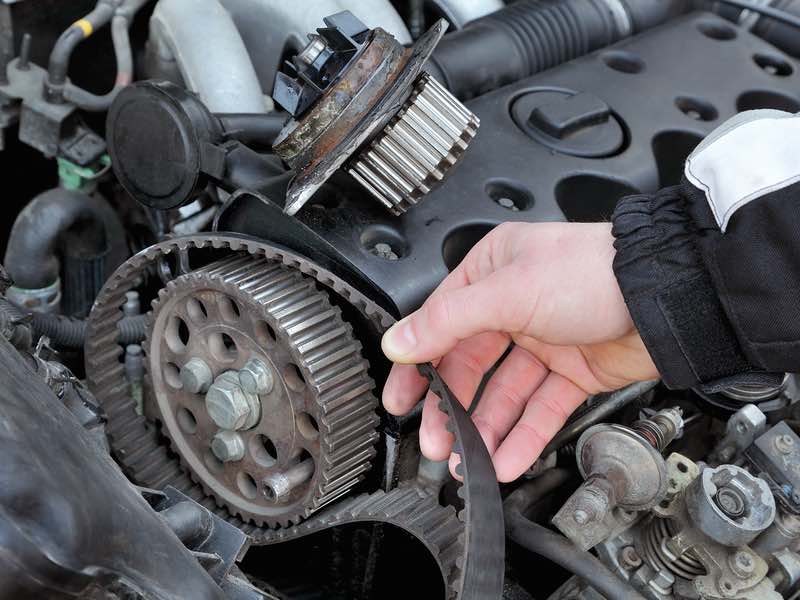Recent Articles
Popular Makes
Body Types
How to Check the Timing Belt

The timing belt on a car is an essential part of the engine that keeps the camshafts spinning in sequence with the crankshaft. If the timing belt fails or jumps a tooth, your vehicle’s engine will no longer run properly. There are two types of engines, non-interference and interference. In a non-interference engine, the timing belt can be replaced and you can be on your way. In interference engines, however, there is a possibility that the piston could hit the valves, requiring extensive engine repairs. In either case, knowing how to check the timing belt could save you an expensive repair.
If you have reached the recommended maintenance interval for the timing belt, it should be replaced, no matter what its condition. If you purchased a used vehicle, check the maintenance history to be sure that the timing belt was changed according to the proper schedule, and if unsure, have it changed.
The timing belt is normally located on the end of the engine under a small plastic or metal cover, which is held on by a couple of bolts or a few clips. Undo the bolts or clips and remove the cover to gain access to the belt. The first thing to do is a visual inspection of the timing belt. Look for any contaminants that could eat away at the belt or cause it to slip. Also, look for cracks in the belt. If the belt has many cracks in it, this can indicate that the belt is old or has dried out. Next, inspect the underside of the belt and verify that all the teeth are in good condition. If the teeth are damaged or if any are missing, this can allow the belt to slip a tooth much more easily. Use a finger to lightly press the belt to test its tension. If the belt pushes in more than half an inch or so, it may have stretched slightly and the tensioner may not be able to keep the belt tight enough to prevent slippage.
When you have finished checking the condition of the timing belt, be sure to replace any covers that you may have removed. These covers protect the timing belt and help shield it from liquids that could make it slip. If your timing belt fails any of these tests, it’s best to have it changed to prevent you from being stranded on the side of the road and a potentially costly engine repair.
